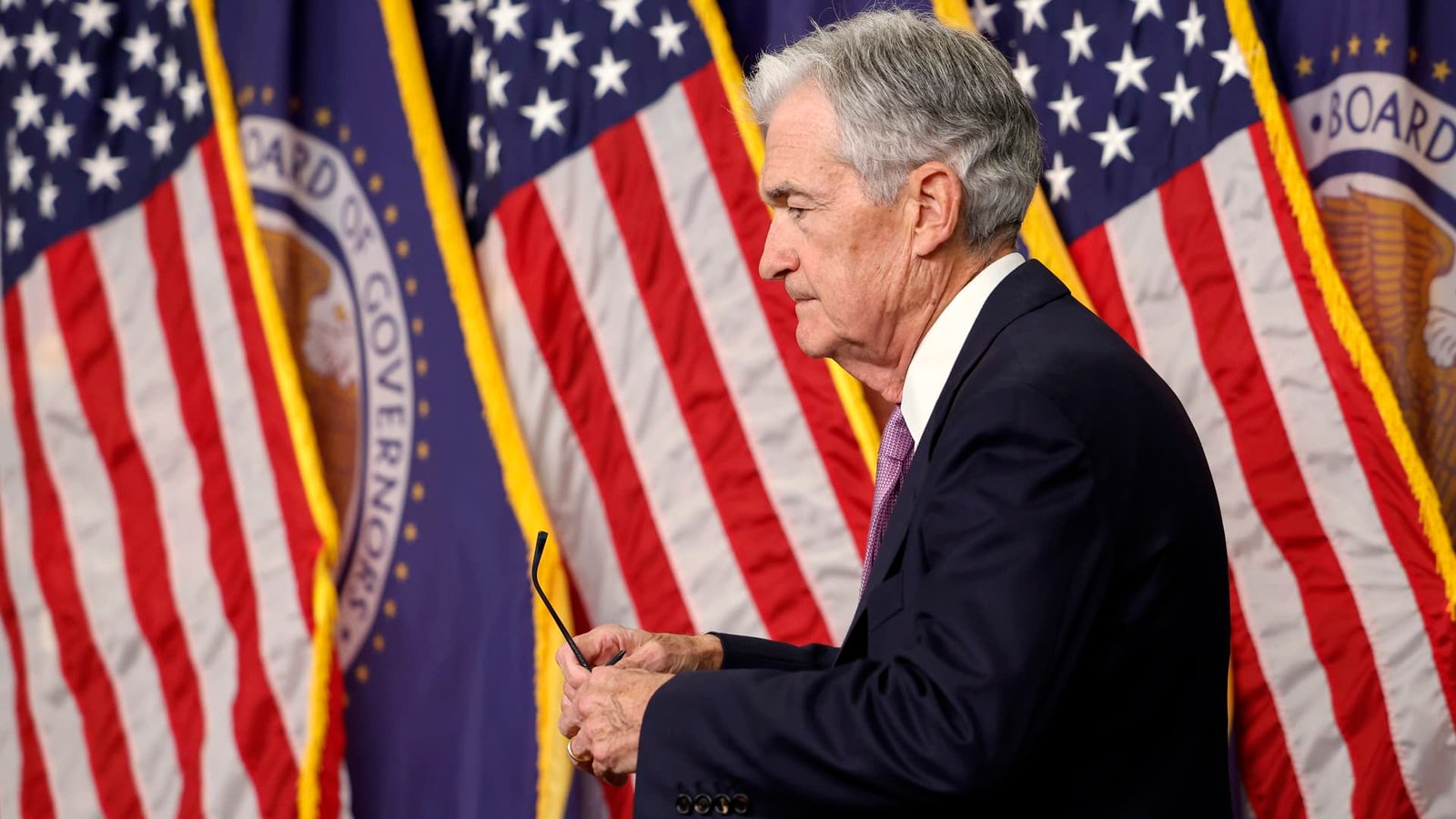Iran is currently facing a severe set of challenges, dealing with a deteriorating economy and a series of unprecedented geopolitical and military setbacks in the Middle East. The country’s currency, the rial, reached a historic low of 756,000 to the dollar over the weekend. This decline is attributed to various factors, including significant blows to Iran’s allies such as Lebanon’s Hezbollah and Palestinian group Hamas, as well as the election of Donald Trump as the U.S. president in November.
The recent fall of Syrian President Bashar al-Assad due to rebel advances has further weakened Iran’s position in the region, as Assad was a key ally. His departure has left a fractured Syria in his wake, raising existential concerns for Iran. The currency’s devaluation highlights the hardships faced by ordinary Iranians, who are grappling with high inflation, unemployment, and difficulties in affording basic necessities due to years of Western sanctions, internal corruption, and economic mismanagement.
President Trump’s tough stance on Iran, including the withdrawal from the Iranian nuclear deal and the re-imposition of extensive sanctions, has added to Iran’s challenges. Despite this, Iranian President Masoud Pezeshkian has expressed a willingness to negotiate and revive the nuclear deal, officially known as the Joint Comprehensive Plan of Action. However, this effort comes at a time when the International Atomic Energy Agency reports that Iran is enriching uranium at record levels, reaching 60% purity, a significant step towards the 90% purity level required for weapons-grade uranium.




